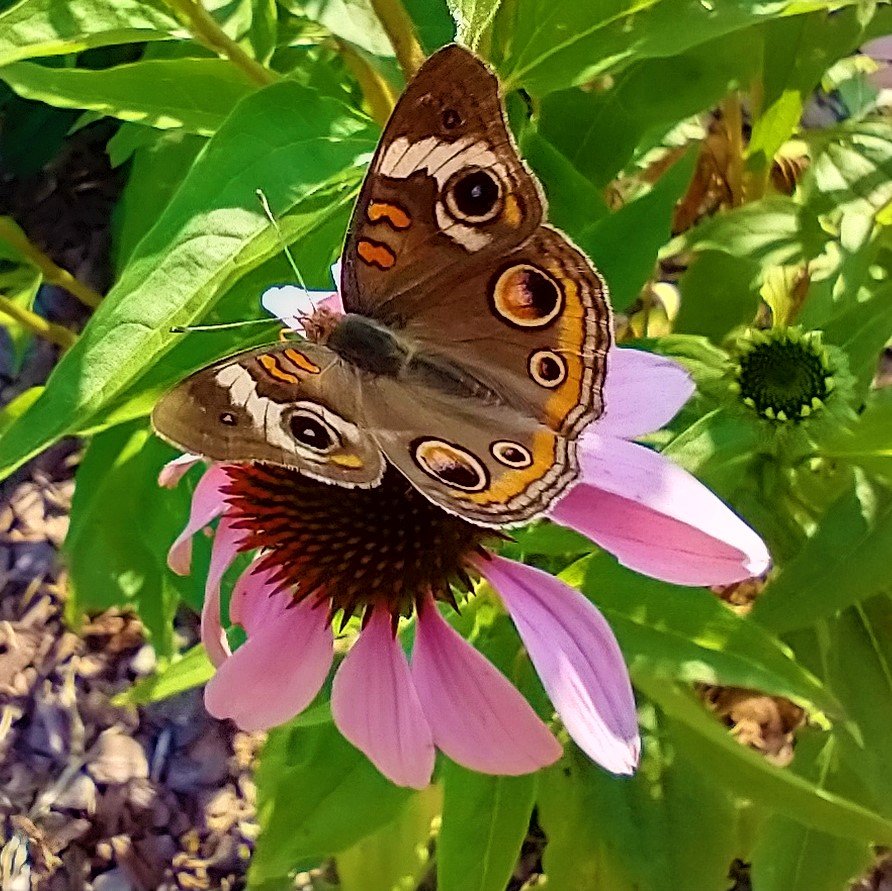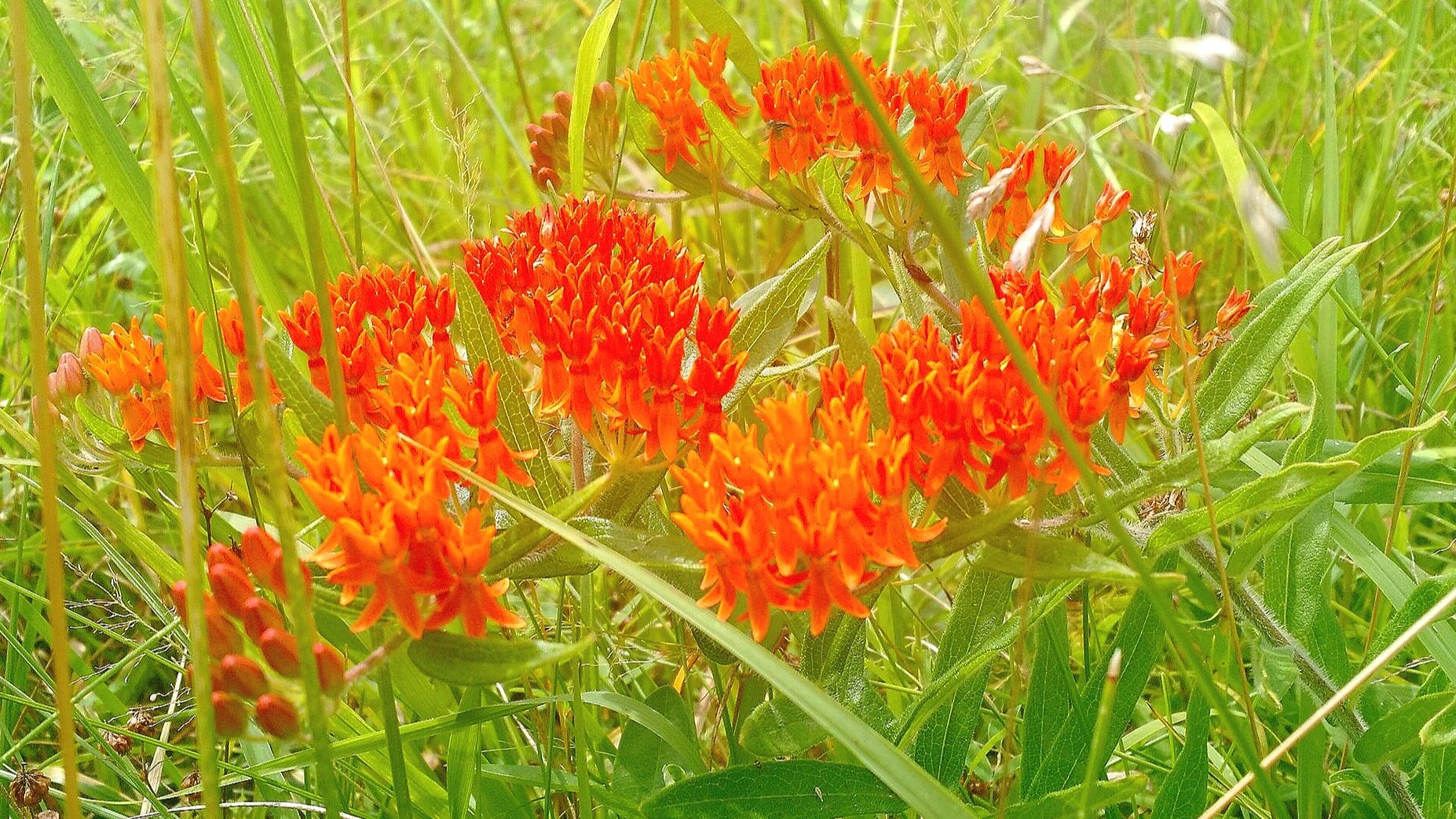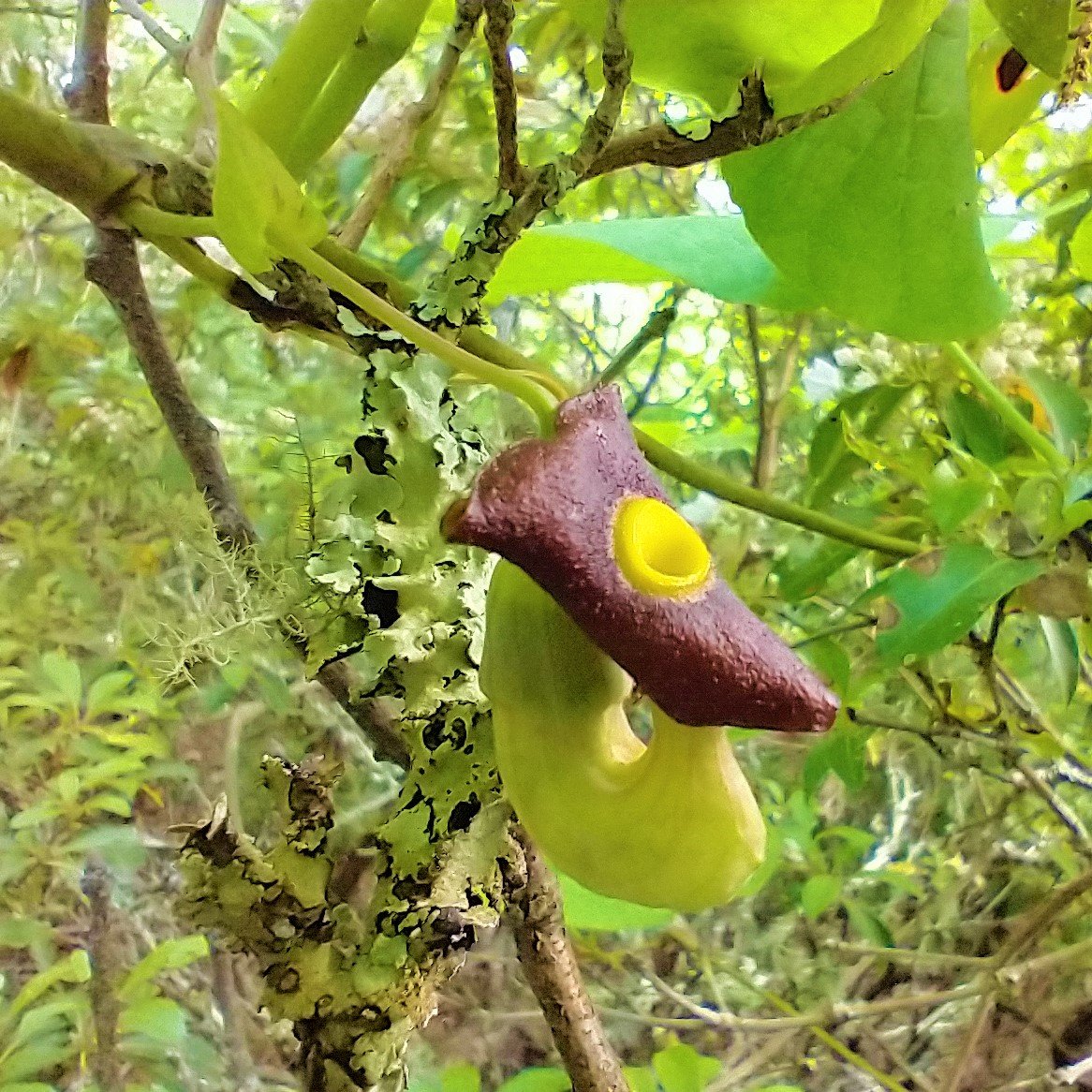Symphyotrichum georgianum (Georgia Aster) - GA Ecotype
A true late bloomer, Symphyotrichum georgianum provides a burst of vibrant purple color in fall, attracting insect pollinators at a time when little else is blooming! It performs well in hot and sunny gardens where other wildflowers fail to thrive.
A true late bloomer, Symphyotrichum georgianum provides a burst of vibrant purple color in fall, attracting insect pollinators at a time when little else is blooming! It performs well in hot and sunny gardens where other wildflowers fail to thrive.
A true late bloomer, Symphyotrichum georgianum provides a burst of vibrant purple color in fall, attracting insect pollinators at a time when little else is blooming! It performs well in hot and sunny gardens where other wildflowers fail to thrive.
Symphyotrichum georgianum or Georgia Aster is considered to be one of our most beautiful native asters. Its violet-purple flowers are so bright appear electric, with white centers that turn purple over time. It can form a shrubby habit once established, only growing up to 3’ in height, with numerous stalks fanning out to 4’ from the central root system. The buds appear in summer but remain closed until fall, usually as late as October-November, and then remain in bloom even if there are brief periods of cold and frost. Georgia Aster is not fussy in the landscape, preferring full to part-sun and poor soils. It can grow in a wide range of conditions as long as the soil does not stay wet for long periods, such as rock gardens, borders, and urban landscapes. In the wild this is a species that is dependent on fire disturbance and is disappearing. It is on the North Carolina Protected Plant Species List and is listed as Threatened. Georgia Aster is a great selection for Piedmont gardens and can add late fall color, a great native substitute for Chrysanthemum that is beneficial to pollinators as well.
Asters have been known as keystone plants of many habitats in our region, and while this group of wildflowers has changed and diverged over time, flowers of the Symphyotrichum genus are some of the best for wildlife, especially in the fall season. Symphyotrichum species often bloom later in the season, peaking in September and October at a time when pollinators may have trouble finding other sources of food. Symphyotrichum georgianum is particularly late in blooming, sometimes being the only available wildflower in its area. This makes the abundant, easy to access flowers ideal for many kinds of insects. In addition, a wide range of different species of butterflies and moths use asters as host plants for their caterpillars. This selective dependence can be great when Symphyotrichum and related genera are in abundance, but challenging when they are replaced by non-native weeds, lawns, and other human impacts. Offering asters as a garden plant can also offer food sources to other wildlife, including a wide variety of birds. Overall, choosing at least one aster species can make a small but important impact.
Pollinators: bumblebees, cuckoo bees, halictid bees, leafcutter bees, long-horned bees, miner bees, small carpenter bees, honey bees, butterflies, moths, bee flies, syrphid flies, wasps, soldier beetles
Host Plant for Butterflies/Moths: 12+ Lepidoptera species, many of which feed only on a few genera other than Symphyotrichum, including the Pearl Crescent (Phyciodes tharos)
Dependent Species: 31 oligolectic bee species in our region of which Melissodes pilleatus is only found in NC, 2 bee species only feed on Symphyotrichum - Andrena asteroides (AL, GA, MD, NC, PA, SC, TN, VA) and Anthophorula asteris (GA); Lepidoptera which only feed on Symphyotrichum - Astrotrischeria astericola, Aster Flowerhead Caterpillar (Eucosma parmatana), Aster-head Phaneta (Eucosma tomonana)
Wildlife Value: Bobwhites, Songbirds, Thrushes, Turkeys, Wood Warblers, numerous insect herbivores including the walking stick Manomera blatchleyi
Deer Resistance: Browsed by deer
Native Region: Piedmont
Seed Origin: GA Ecotype
Ecoregion: 45 - Piedmont
USDA Zones: 4-8
States found in our region: AL, GA, NC, SC
Other states found: FL







































